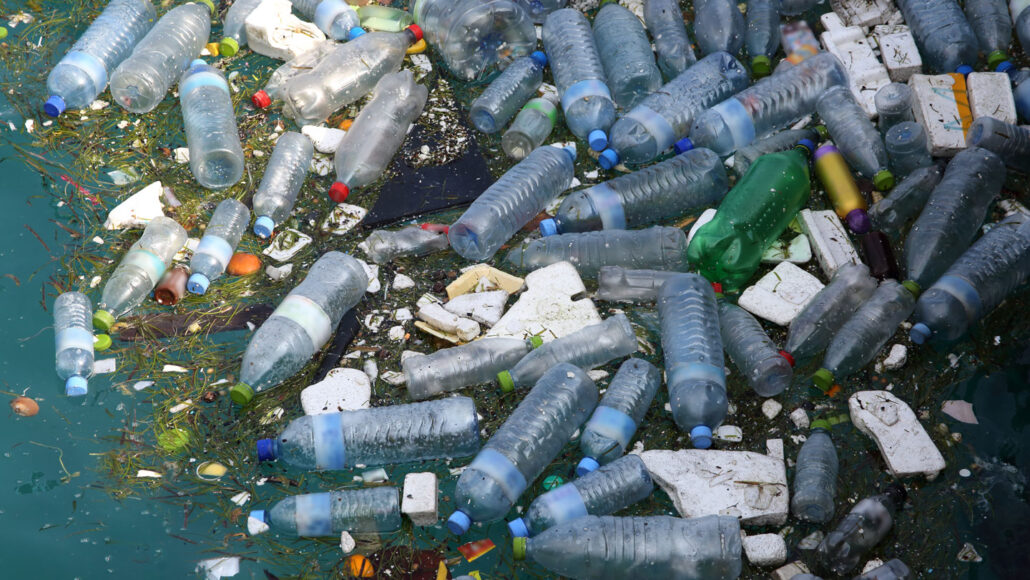Chemicals: an integral part of plastics
All plastics are made of chemicals, including polymers, additives to make products stronger, softer, colourful or fire resistant, and non-intentionally added substances such as impurities from manufacturing, use and recycling. With the increased production and consumption of plastics worldwide, the production of plastic-associated chemicals has also increased, both in quantity and diversity.
Plastics have indeed become ubiquitous in our modern life because of their light weight, low cost and versatility. As a result, global plastic production has increased exponentially since the 1950s, reaching about 460 million tonnes in 2019. The continuing growth of the global annual production of primary plastic is currently on course to possibly reaching 1.1 billion tonnes in 2050.
Concerned by the devastating impacts of plastic pollution, the United Nations Environment Assembly (UNEA) adopted a historical resolution in March 2022 (UNEA Resolution 5/14), calling for the development of an international legally binding instrument by the end of 2024. The instrument is to be based on a comprehensive approach that addresses the full life cycle of plastics.
——————————————-
The 2023 Chemicals in Plastics: A Technical Report by UNEP and the Secretariat of the Basel, Rotterdam and Stockholm conventions aims to inform the global community about the often-overlooked chemical-related issues of plastic pollution, particularly their adverse impacts on human health and the environment as well as on resource efficiency and circularity. Based on scientific evidence, it further highlights the urgent need to act and outlines possible areas for action. A Summary and key Findings report highlights the main points.
The 2023 Turning off the Tap: How the world can end plastic pollution and create a circular economy report by UNEP offers concrete practices, market shifts and policies. It is published ahead of a second round of negotiations on a legally binding instrument to end plastic pollution. It aims to strengthen the understanding of the magnitude and nature of the change required in the plastics economy to achieve this goal. Criteria for prioritisation of control measures on chemicals in plastics are explored in a dedicated topic sheet to the report.
Over 13,000 substances have so far been associated with plastics, either known for use in plastic production or detected in plastic materials. Chemicals of concern have been found in plastics across a wide range of sectors and products value chains, including toys and other children’s products, packaging (including food contact materials), electrical and electronic equipment, vehicles, synthetic textiles and related materials, furniture, building materials, medical devices, personal care and household products, and agriculture, aquaculture and fisheries.
Chemicals of concern in plastics can impact our health and our environment: Extensive scientific data on the potential adverse impacts of about 7,000 substances associated with plastics show that more than 3,200 of them have one or more hazardous properties of concern. These include chemicals that are persistent and mobile in the environment, accumulate in the body, can mimic, block or alter the actions of hormones, reduce fertility, damage the nervous system, and/or cause cancer.

Existing evidence calls for urgent action to address chemicals in plastics as part of the global action on plastic pollution, to protect human health and the environment, and transition to a toxic-free and sustainable circular economy.

Original Post


 العربية
العربية